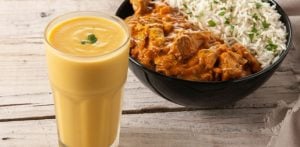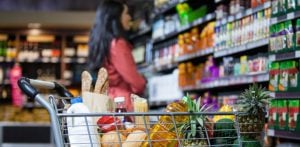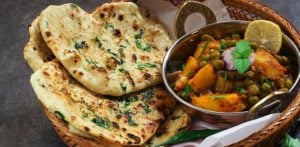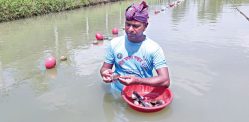“India has emerged as a significant player and exporter"
It’s easy to take the humble French fry for granted. Crisp on the outside, fluffy in the middle, and always a favourite sidekick to burgers around the world.
But behind the golden snack is a story of drought, reinvention, and global ambition.
In Gujarat, French fries have transformed rural livelihoods and put Indian agriculture on the world map.
As climate change forces farmers everywhere to rethink what they grow, Gujarat’s shift from cotton to potatoes shows what’s possible when necessity meets innovation.
The state’s dry spells and dwindling cotton returns forced farming communities to pivot quickly, but few could have predicted that fries would be the answer.
Today, Indian frozen fries are found on plates across Southeast Asia, thanks to savvy farmers, emerging technologies, and a booming export economy.
India now ranks as the world’s second-largest producer of potatoes. Yet it’s not just the volume of spuds that’s turning heads; it’s how those spuds are being processed, packaged, and exported in increasing numbers.
And at the centre of this story is a new generation of farmers, scientists, and food industry leaders working to turn India into a frozen food powerhouse.
One of them is Jitesh Patel, whose family went from struggling cotton growers to thriving potato producers.
This is the story of how French fries fuelled a transformation – in Gujarat’s fields, in India’s cold storage chains, and on the international dinner table.
A New Crop for Gujarat’s Farmers
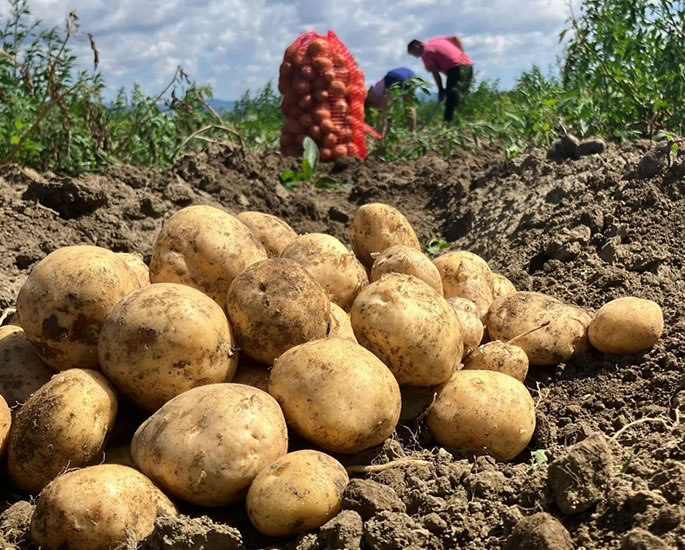
Gujarat’s agricultural economy was once dominated by cotton. But after severe droughts hit the state in 2001 and 2002, the viability of cotton collapsed.
For the Patel family and many others, that crisis became a catalyst for change.
Jitesh explained: “We realised that we had to start growing something that does not require a lot of water.”
They first experimented with table potatoes, the kind sold in local markets, but the returns were disappointingly low.
It wasn’t until the mid-2000s, when French fry processors began setting up shop in Gujarat, that things began to shift.
In 2007, Jitesh and his peers pivoted to growing the specific varieties of potatoes used in industrial food processing.
He said: “Since then, no looking back.”
Gujarat’s warm climate and irrigation innovations made it a prime location for large-scale French fry production.
Companies like McCain Foods and India’s HyFun Foods established major facilities, anchoring the state’s reputation as India’s French fry capital.
Today, fries from Gujarat are shipped across Asia, with demand growing in countries like the Philippines, Thailand and Indonesia.
India’s French Fry Exports Are Heating Up
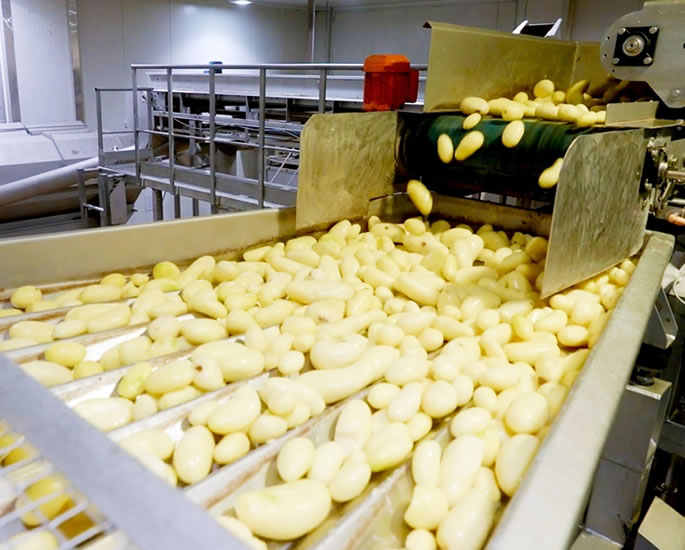
The numbers speak for themselves.
In February 2025, India’s monthly exports of frozen fries surpassed 20,000 tonnes for the first time. In the 12 months leading up to that, exports reached 181,773 tonnes, a 45% increase on the previous year.
According to agricultural analyst Devendra K, the rise is driven by value as much as volume:
“Indian frozen fries are noted for being competitively priced in the international market.”
He noted that in 2024, they were even cheaper than fries produced in China.
For food processors and global buyers alike, India’s combination of price and quality is an attractive proposition. But behind that is a farming system that’s rapidly modernising, with producers like HyFun leading the charge.
Haresh Karamchandani, CEO of HyFun Foods, said:
“India has emerged as a significant player and exporter due to its abundant agricultural produce, cost-effective manufacturing, and growing focus on quality standards.”
HyFun now operates seven potato processing plants in Gujarat and has two more under construction, scheduled to open by 2026.
Haresh added: “Urbanisation, increasing disposable incomes and changing lifestyles have promoted the consumption of frozen foods, not only in the household but also in food service establishments.”
Science-Driven Farming

Jitesh Patel is among a wave of farmers applying scientific methods to every stage of production. After studying agriculture at university, he returned to his family’s farm armed with knowledge and ambition.
He said: “We are a well-educated bunch of farmers, so we keep trying new methods.”
The first big change came in 2003 when they switched to drip irrigation, reducing water usage compared to traditional flood irrigation.
Soil is kept fertile with cow manure and seasonal crop rotation. But their current mission is more ambitious: finding the perfect potato plant for fry production.
Jitesh continued: “We are in the process of experimenting with seeds and soon we will have a new variety.”
To support that effort, Indian agri-tech firms like Jain Irrigation Systems are investing heavily in research. Their teams use advanced tissue culture techniques to produce disease-free, high-yield seed potatoes in laboratory environments.
Vijay Singh, Vice President of Marketing at the company, said:
“Potato seeds destined for future seed production undergo meticulous breeding practices under the supervision of breeders.”
One of the current challenges is reducing sugar content in certain potato varieties, which tend to brown by November, a problem for fry producers.
Highlighting that his team is working on a solution, Vijay added:
“Companies like us who are into tissue culture are trying to come up with a new variety to overcome the challenges that the industry is facing.”
Cold Chains and Infrastructure
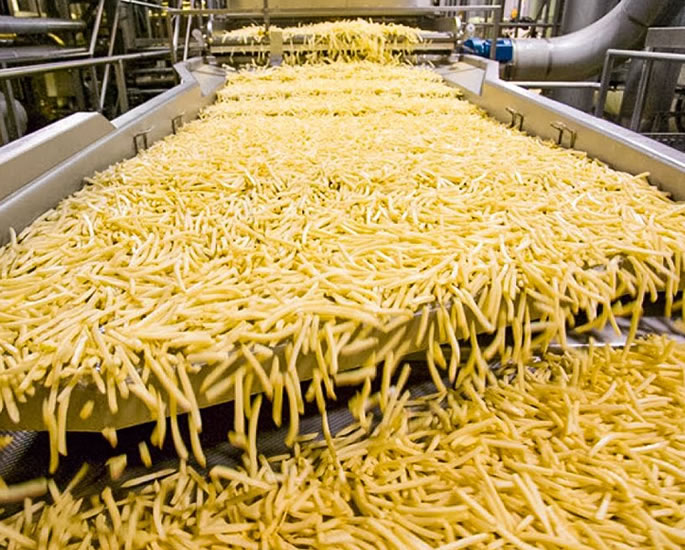
As India ramps up its frozen food production, infrastructure struggles to keep pace.
Freezing fries is only half the battle; they must also be stored and transported at sub-zero temperatures. This is a task that remains logistically difficult across much of the country.
Vijay Kumar Nayak, co-founder of Indo Agri Foods, said:
“Only about 10-15% of India’s cold storage facilities are suitable for storing frozen foods.
“These facilities are unevenly distributed, heavily concentrated in a few states, leaving rural and remote regions severely underserved.”
The challenges don’t end there. Transporting frozen goods requires specialised refrigerated trucks and containers, which are in short supply.
Vijay explained: “There is a notable shortage of specialised refrigerated trucks and containers, making temperature-controlled transportation extremely difficult and increasing the risk of spoilage.”
Power reliability is another hurdle. Frequent outages in rural India mean cold storage facilities are often at risk.
And even as India’s fry exports soar, competition is fierce, as Vijay added:
“Indian companies face intense competition in export markets from countries like China, Thailand and Brazil.
“These nations benefit from more advanced logistics, infrastructure, and production systems.”
A Secure Future for Farmers

Despite the challenges, farmers in Gujarat like Jitesh Patel feel optimistic.
The shift to contract farming has provided more security and stable income, with processors locking in supply chains and investing in long-term relationships.
He said: “Gujarat has become a food processing hub.
“Most of the farmers, including me, have become contract farmers which gives us security and good money for our yield.”
That sense of stability, built on decades of innovation and adaptation, has turned the once-uncertain future of Gujarat’s rural communities into one shaped by opportunity.
And it all started with a change of crop, driven by drought, and fuelled by fries.
India’s French fry boom is more than a quirky tale of agricultural reinvention.
It’s a case study in how climate pressures, global demand and local ingenuity can reshape an economy.
In Gujarat, the shift from cotton to potatoes has ushered in a new era, one where science and tradition work side by side, and where small farms are plugged into a vast, international food network.
As the country’s infrastructure catches up and innovation continues, India looks set to cement its role as a frozen food giant.
But it’s farmers like Jitesh Patel who are keeping the roots of this transformation firmly in the ground.






















